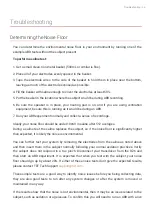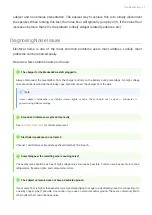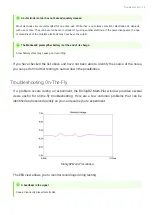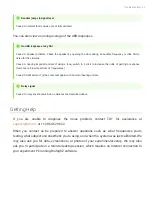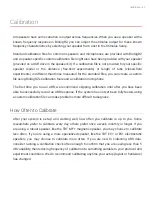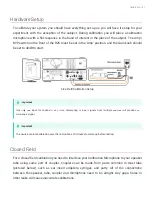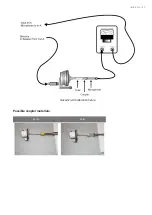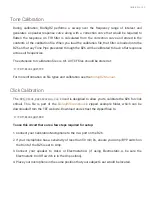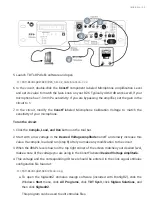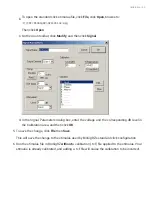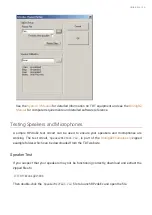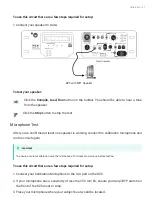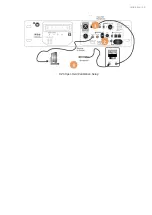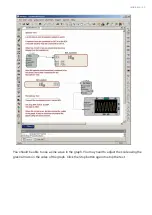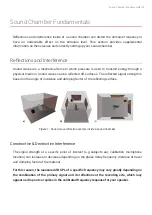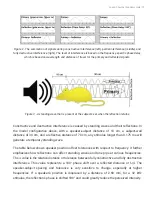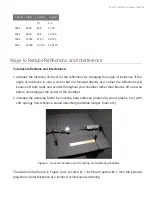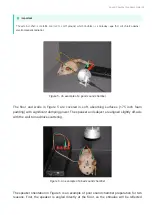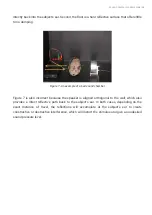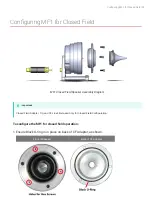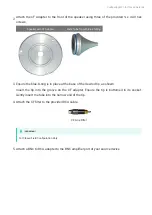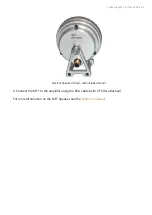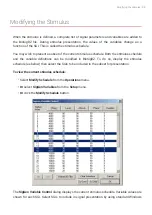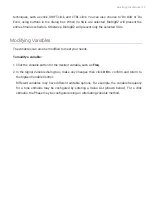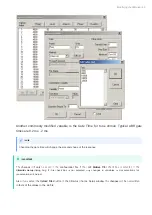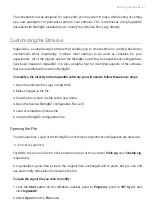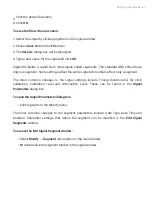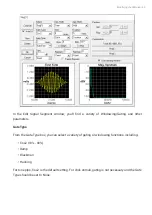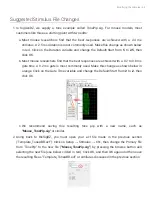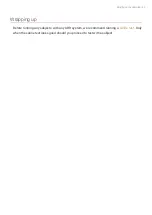
Sound Chamber Fundamentals
Re
fl
ections and interference inside of a sound chamber can distort the stimulus frequency or
have an undesirable effect on the stimulus level. This section provides supplemental
information on these issues and correctly setting-up your sound chamber.
Re
fl
ections and Interference
Sound waves are a mechanical force in which pressure is used to transmit energy through a
physical medium. Sound waves can be re
fl
ected off surfaces. The re
fl
ected signal strength is
based on the angle of incidence and damping factor of the re
fl
ecting surface.
Figure 1 - Sound wave re
fl
ection vectors inside a sound chamber
Constructive & Destructive Interference
The signal strength at a speci
fi
c point of interest (e.g subject's ear, calibration microphone
location) can increase or decrease depending on the phase delay, frequency, distance of travel
and damping factor of the material.
For this reason, the measured dB SPL of a speci
fi
c frequency may vary greatly
depending on
the combination of the primary signal and its re
fl
ections at the
recording site, which may
appear as drop outs or spikes in the calibrated
frequency response for your speaker.
Sound Chamber Fundamentals | 50

